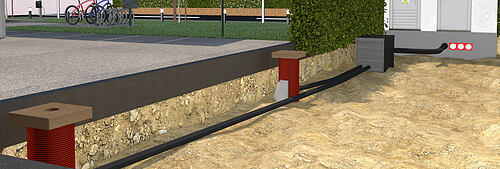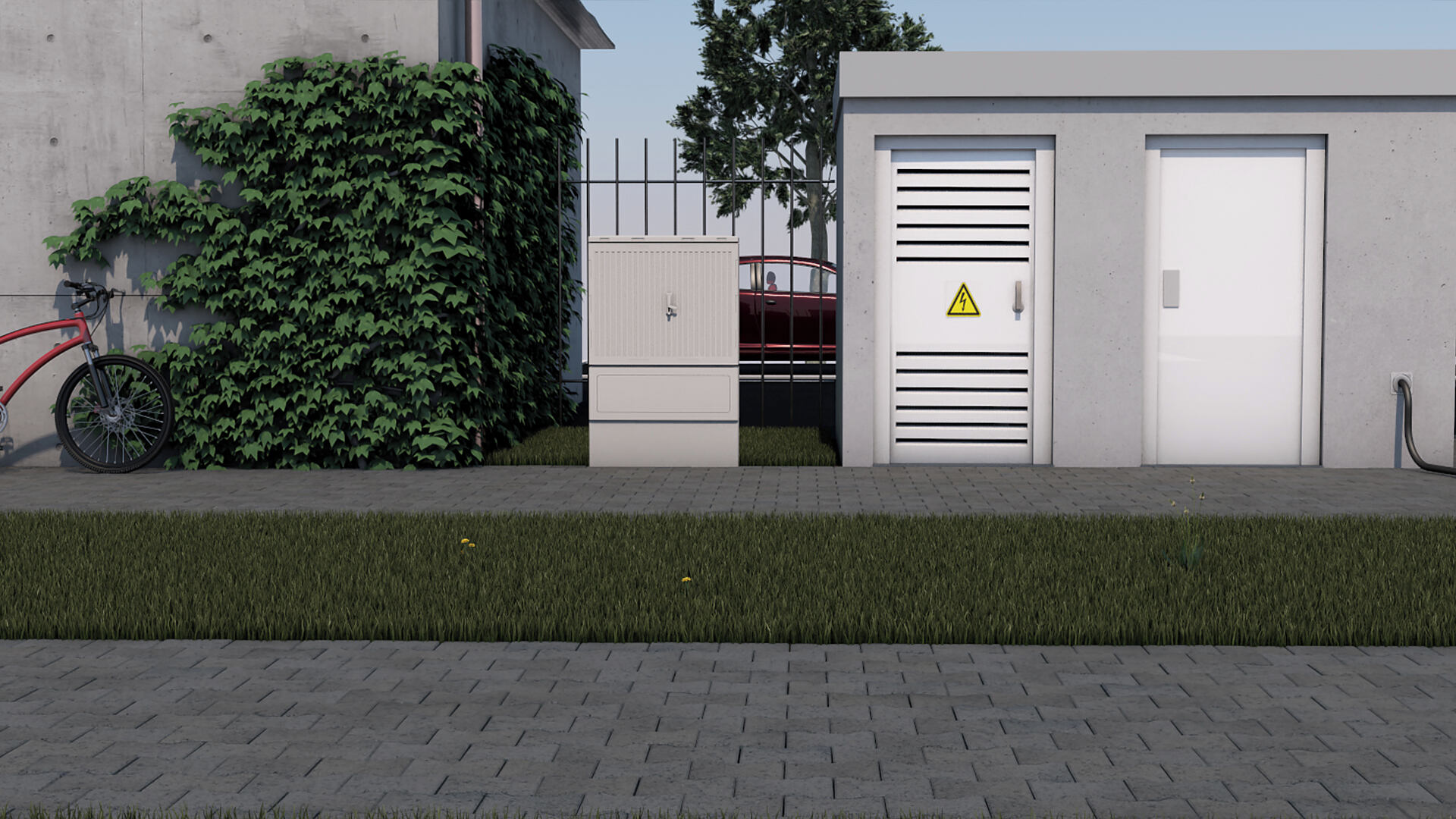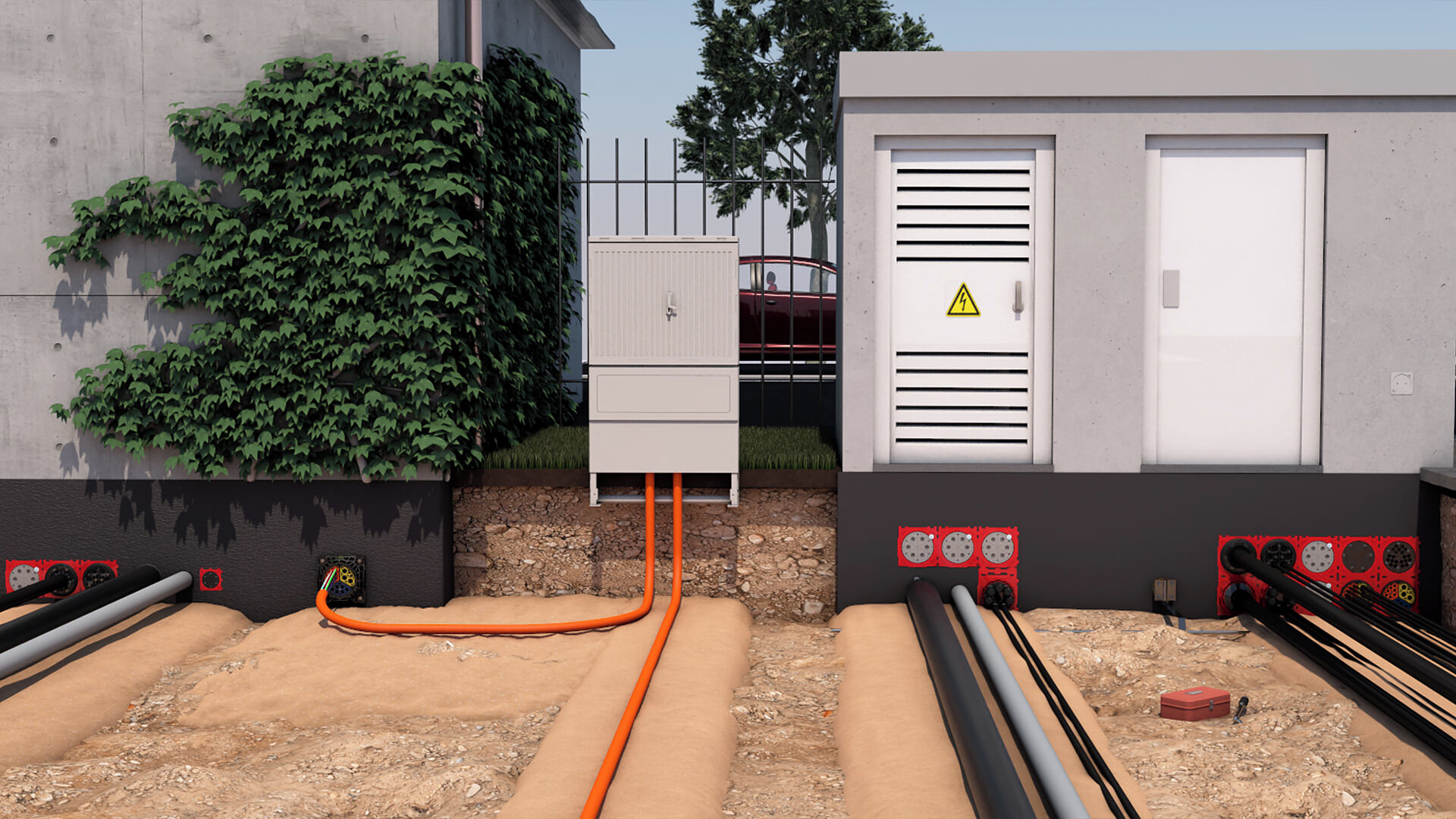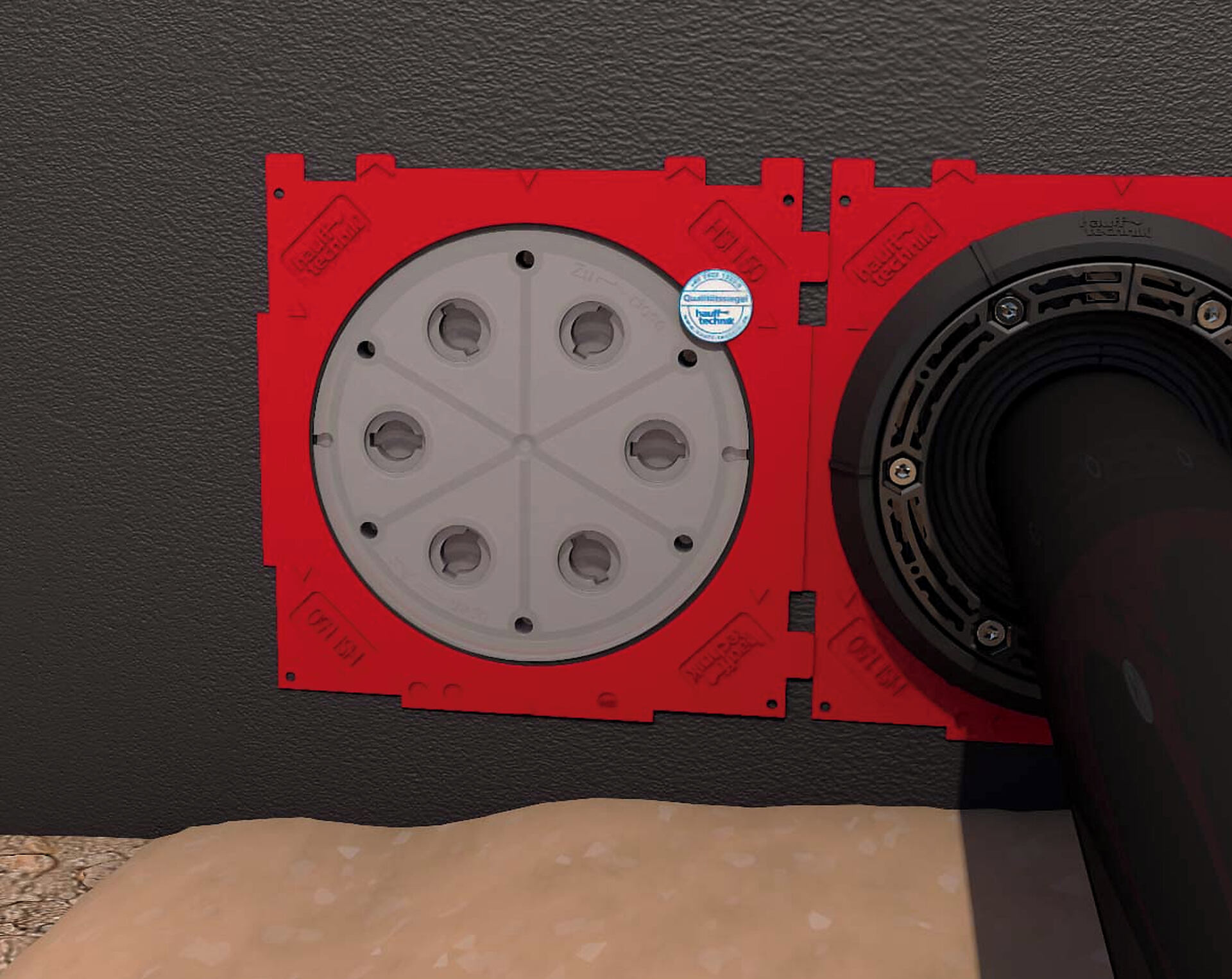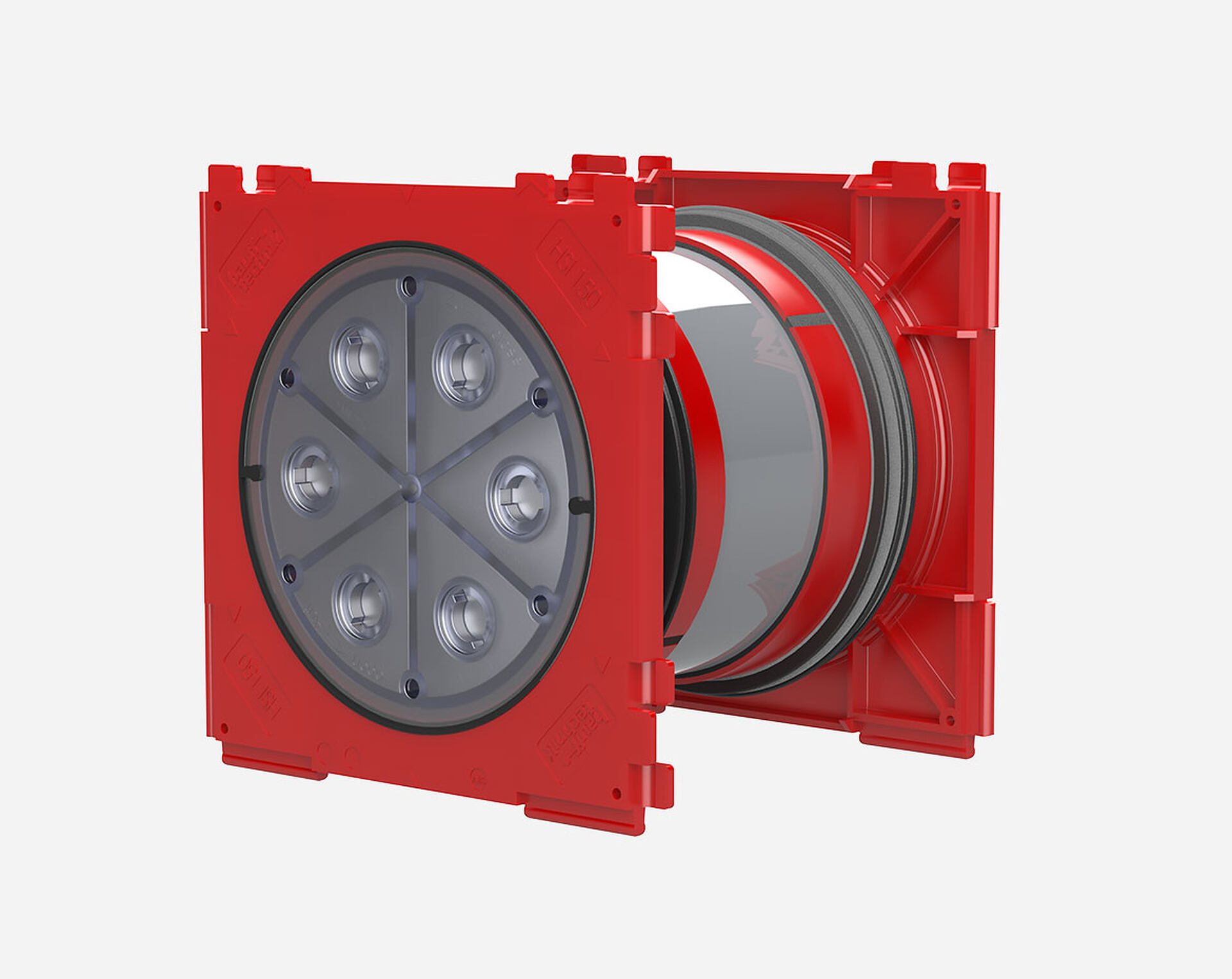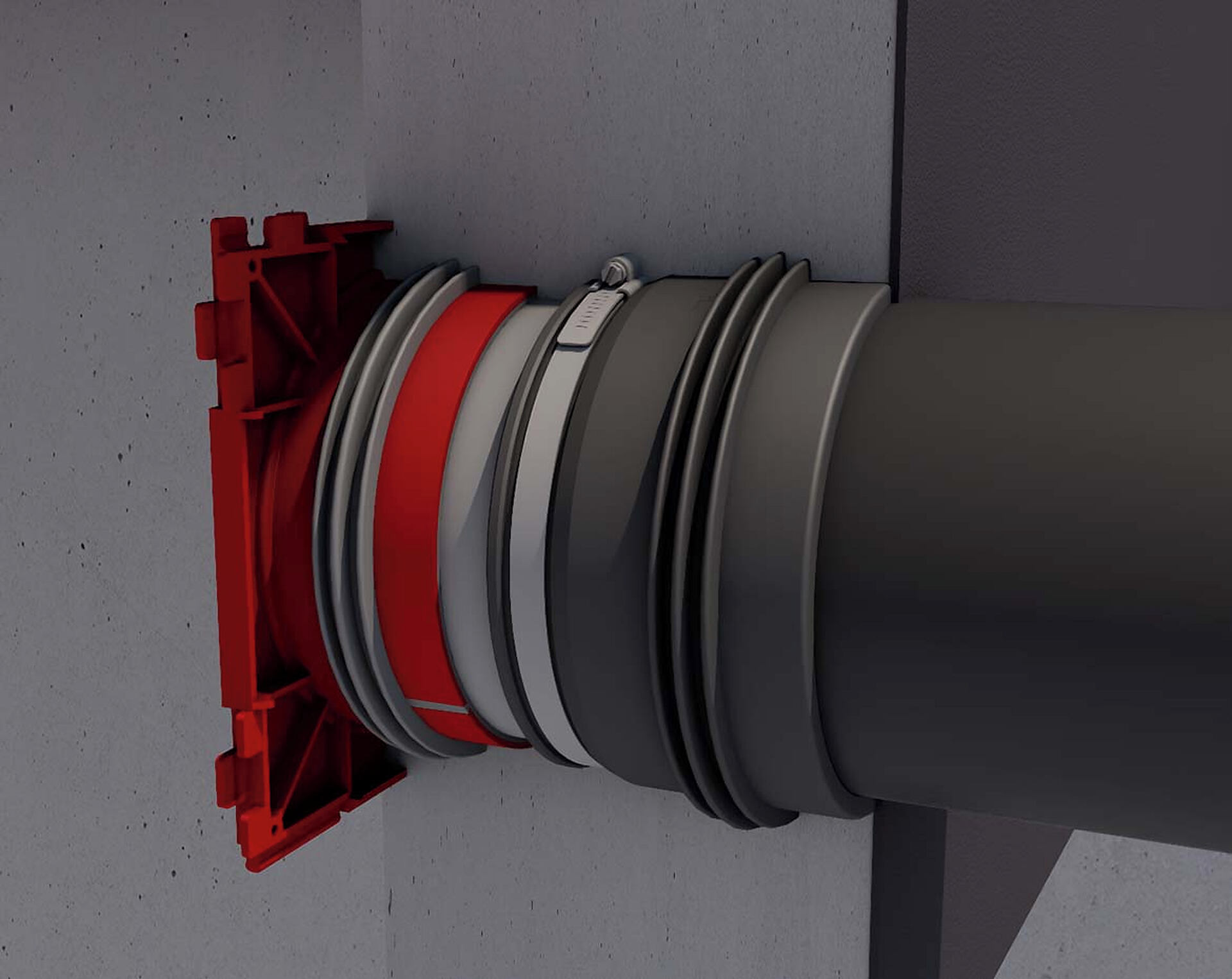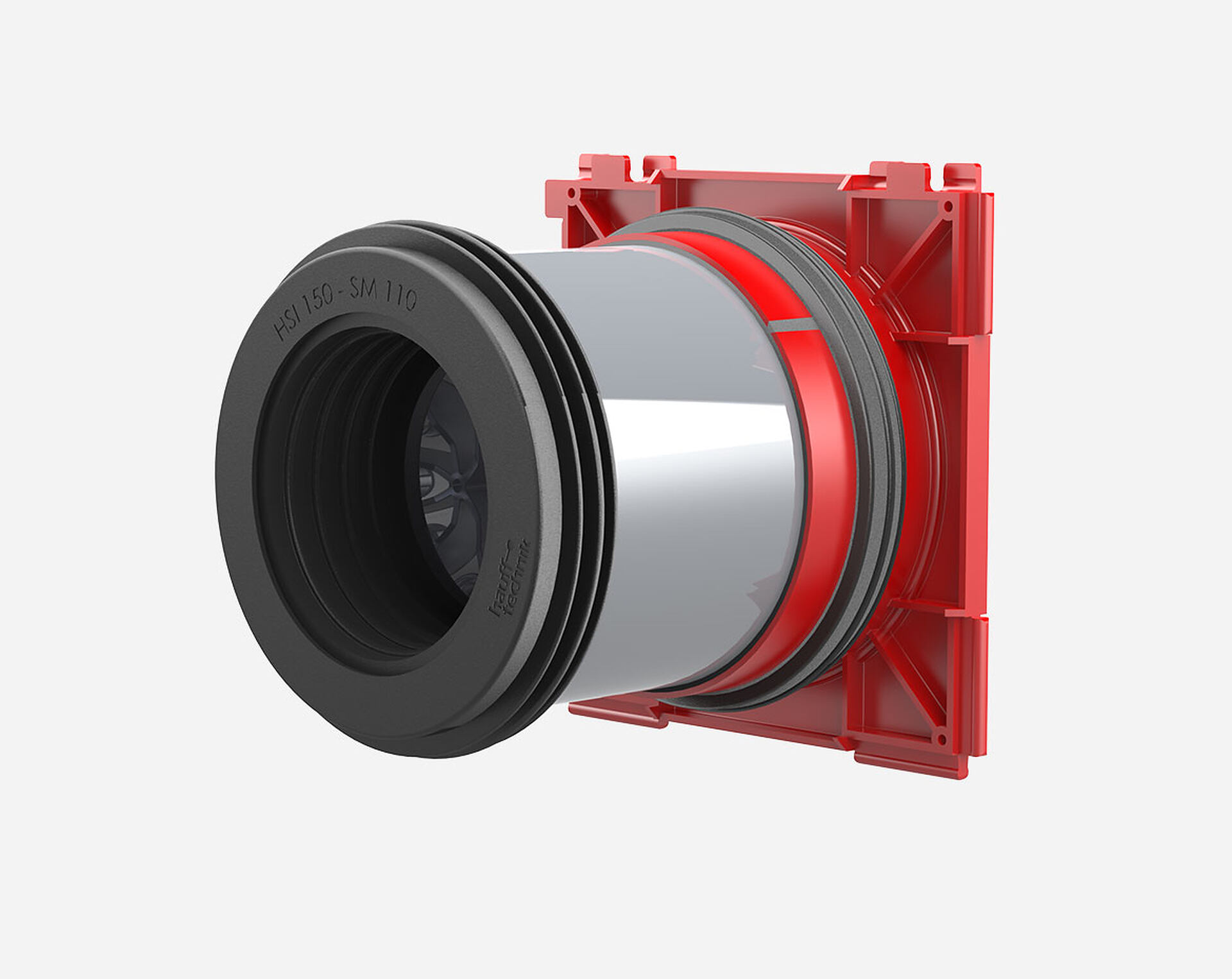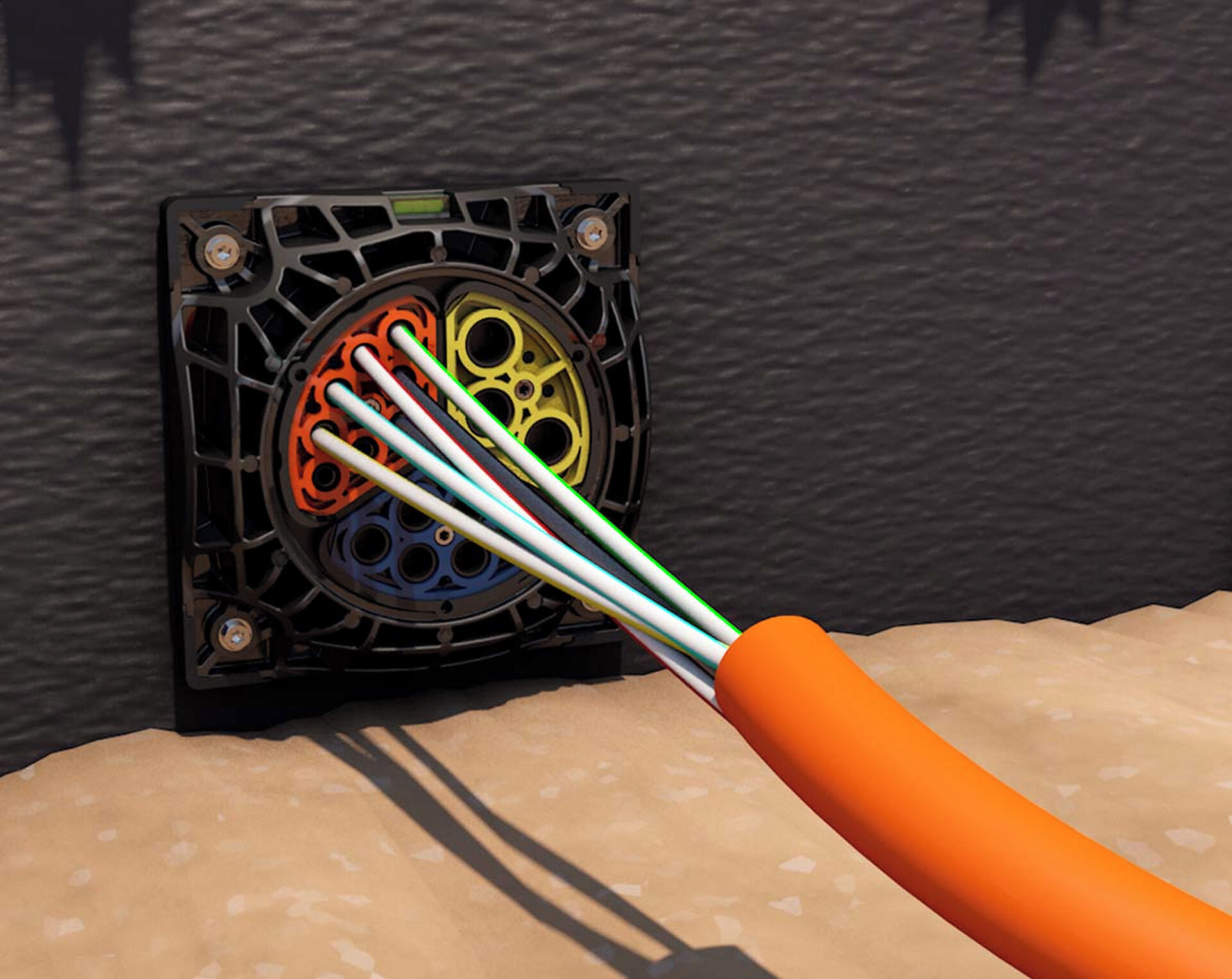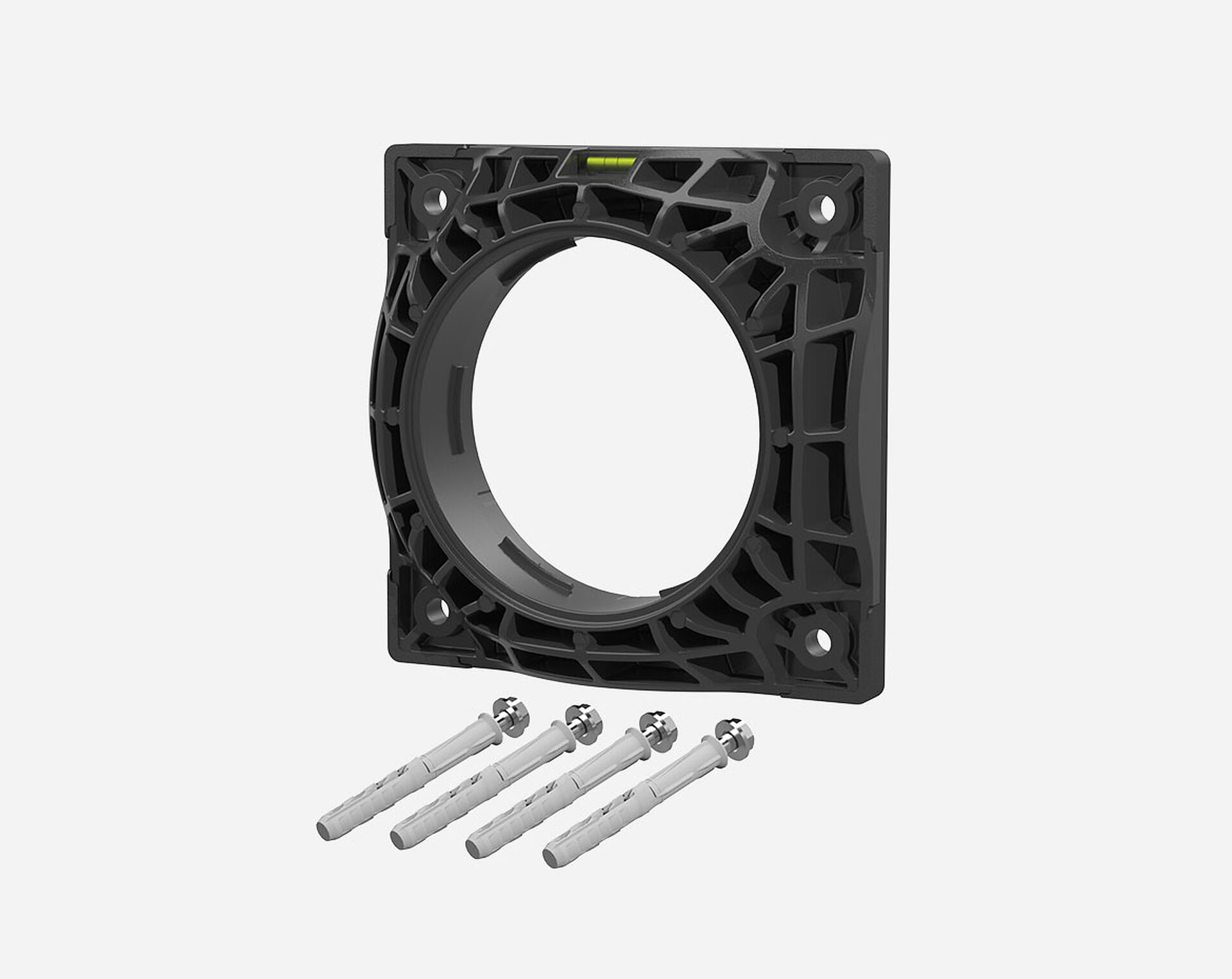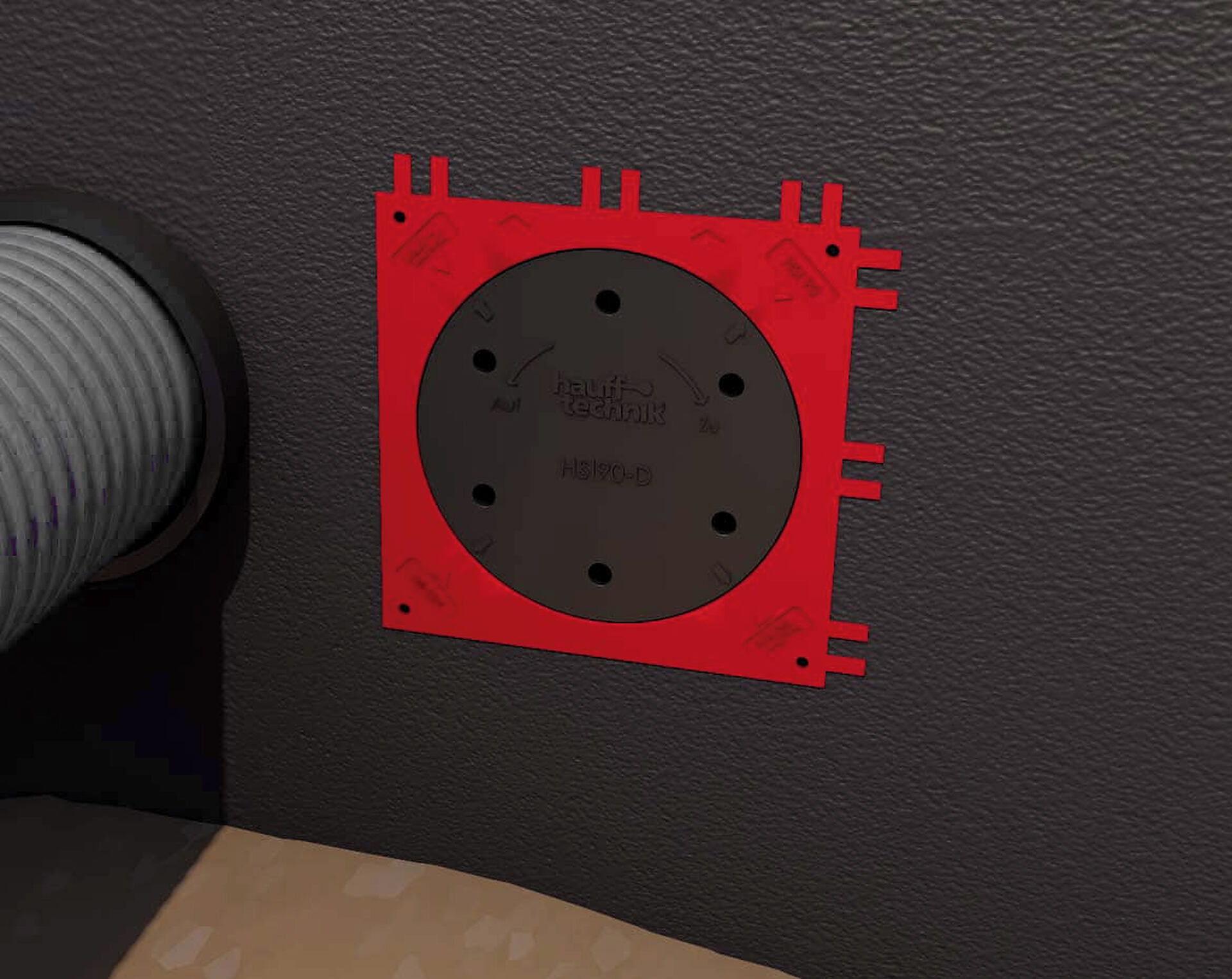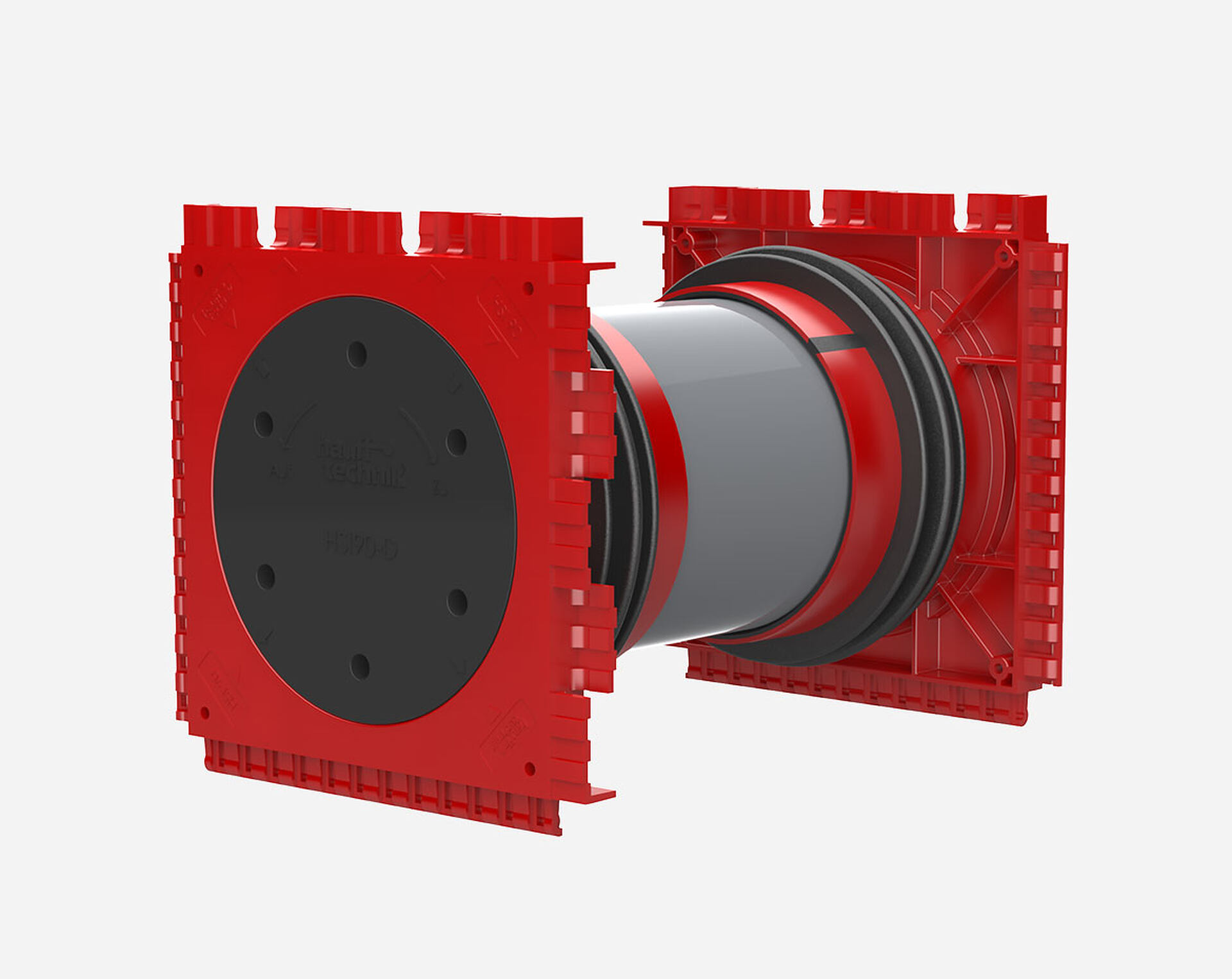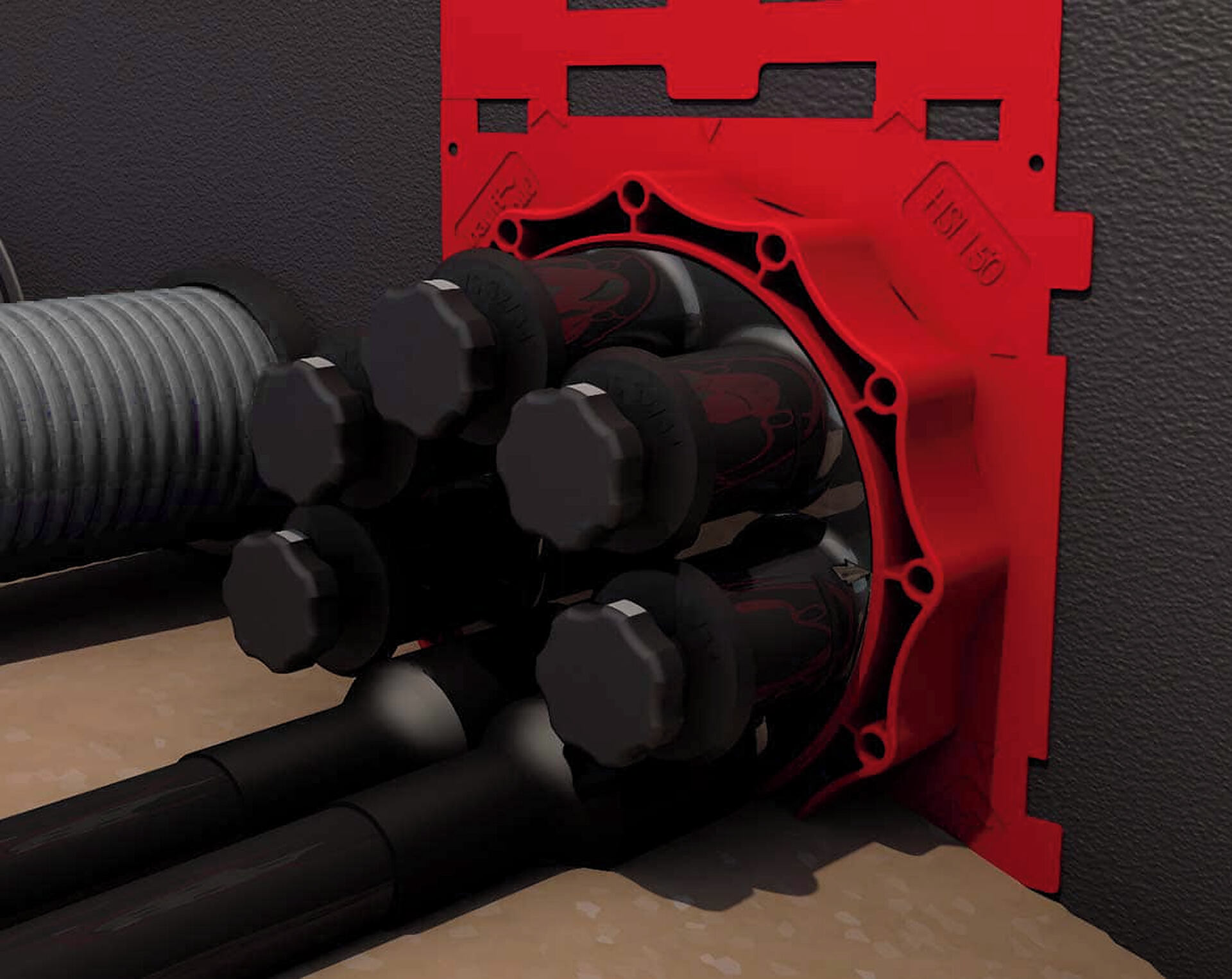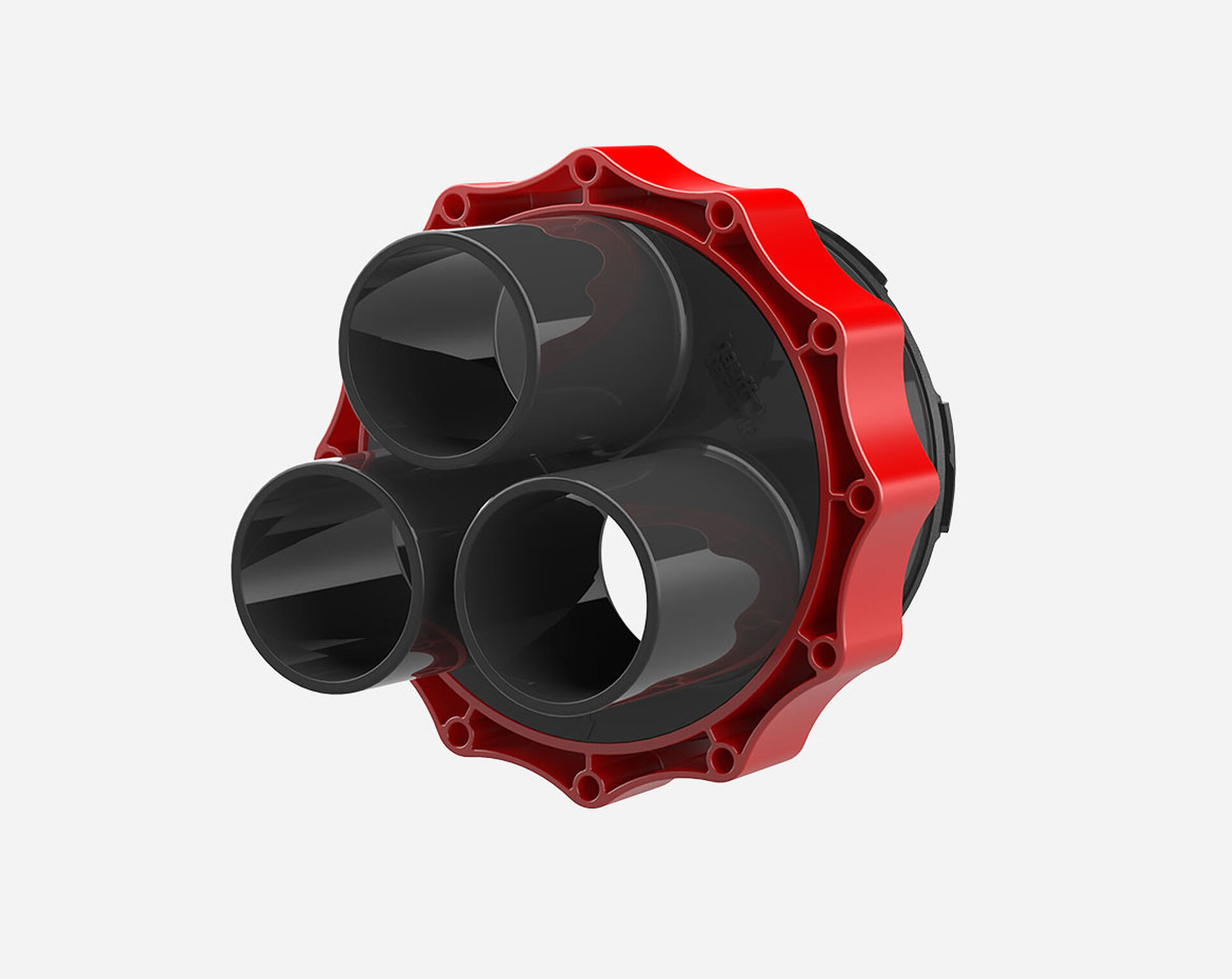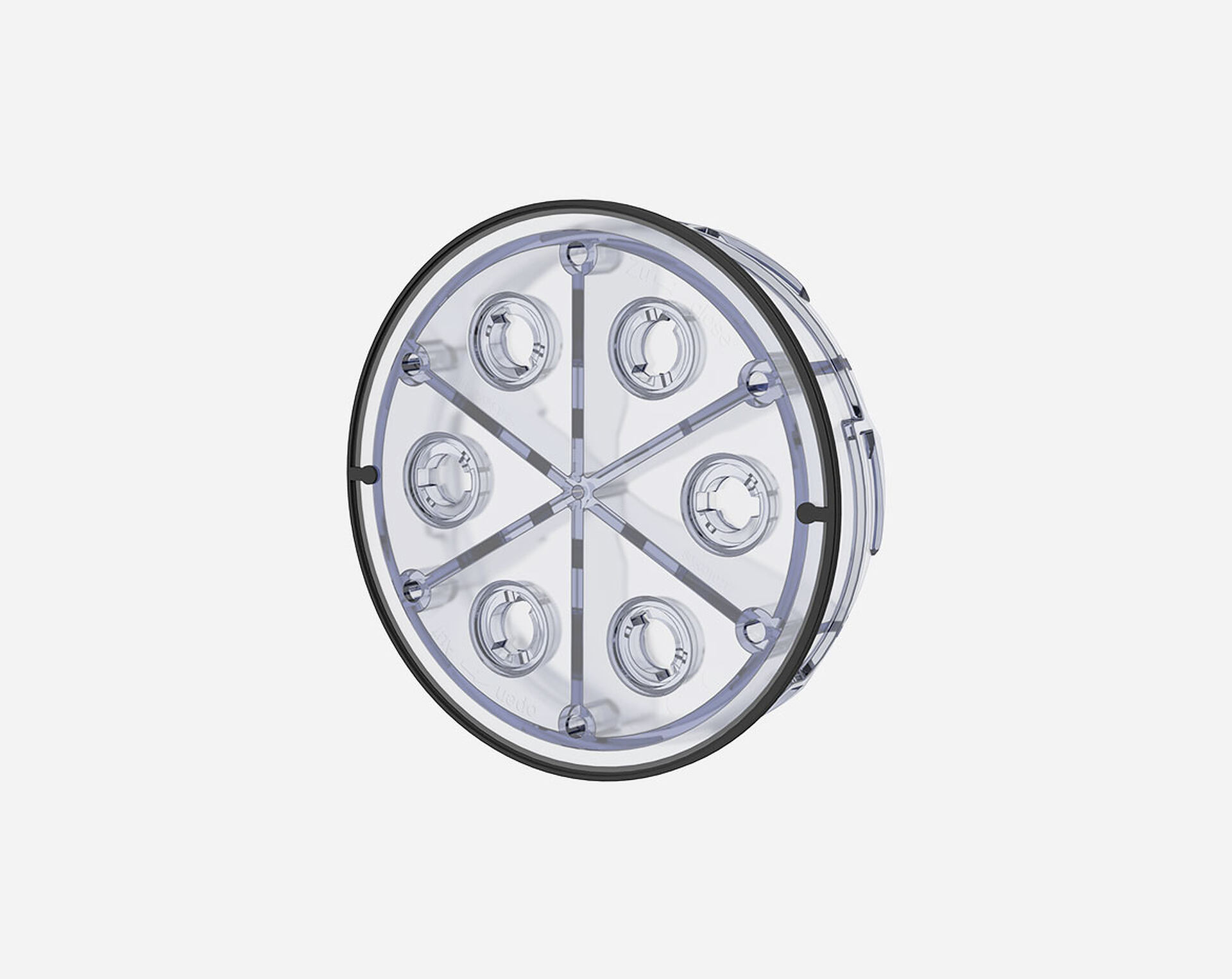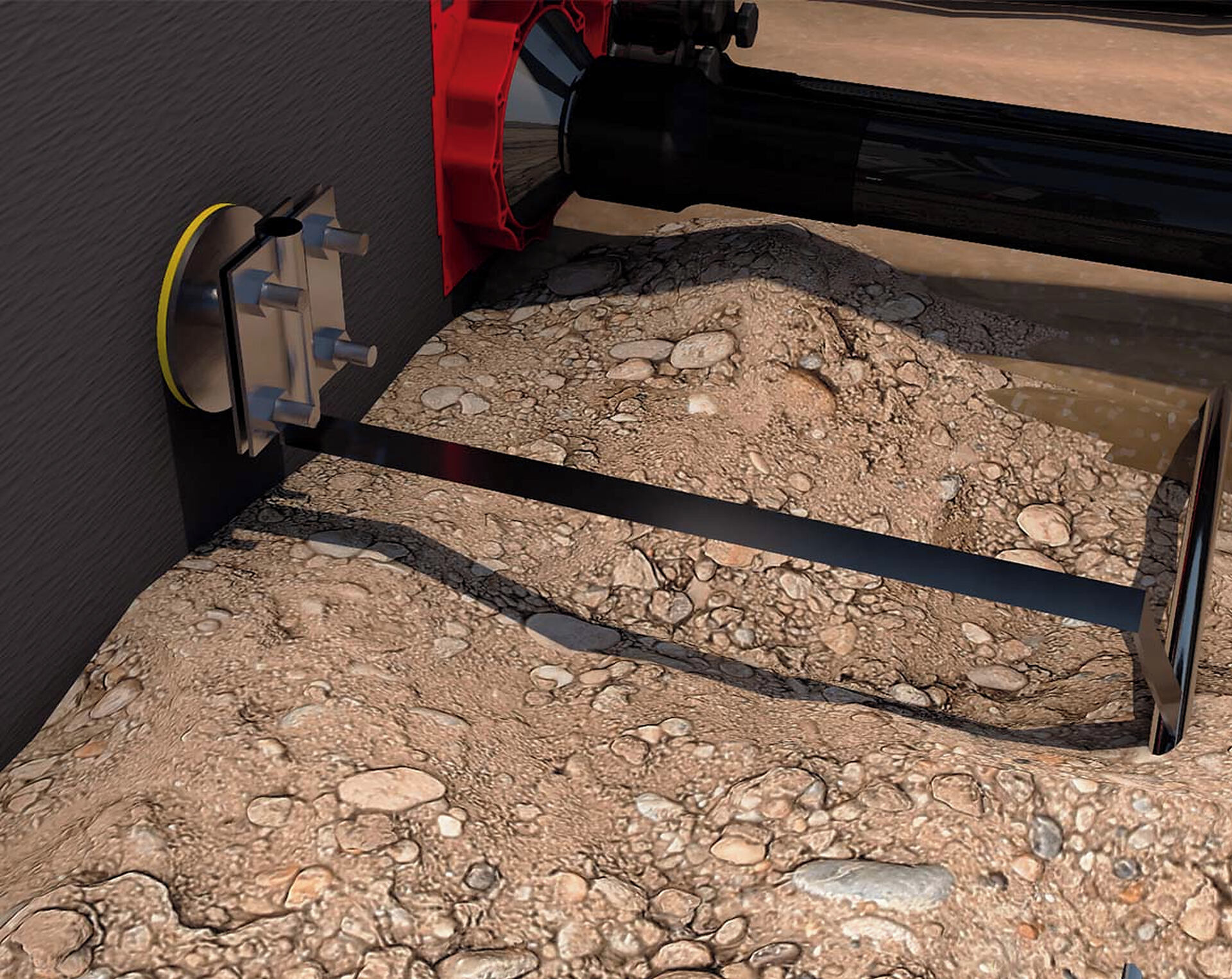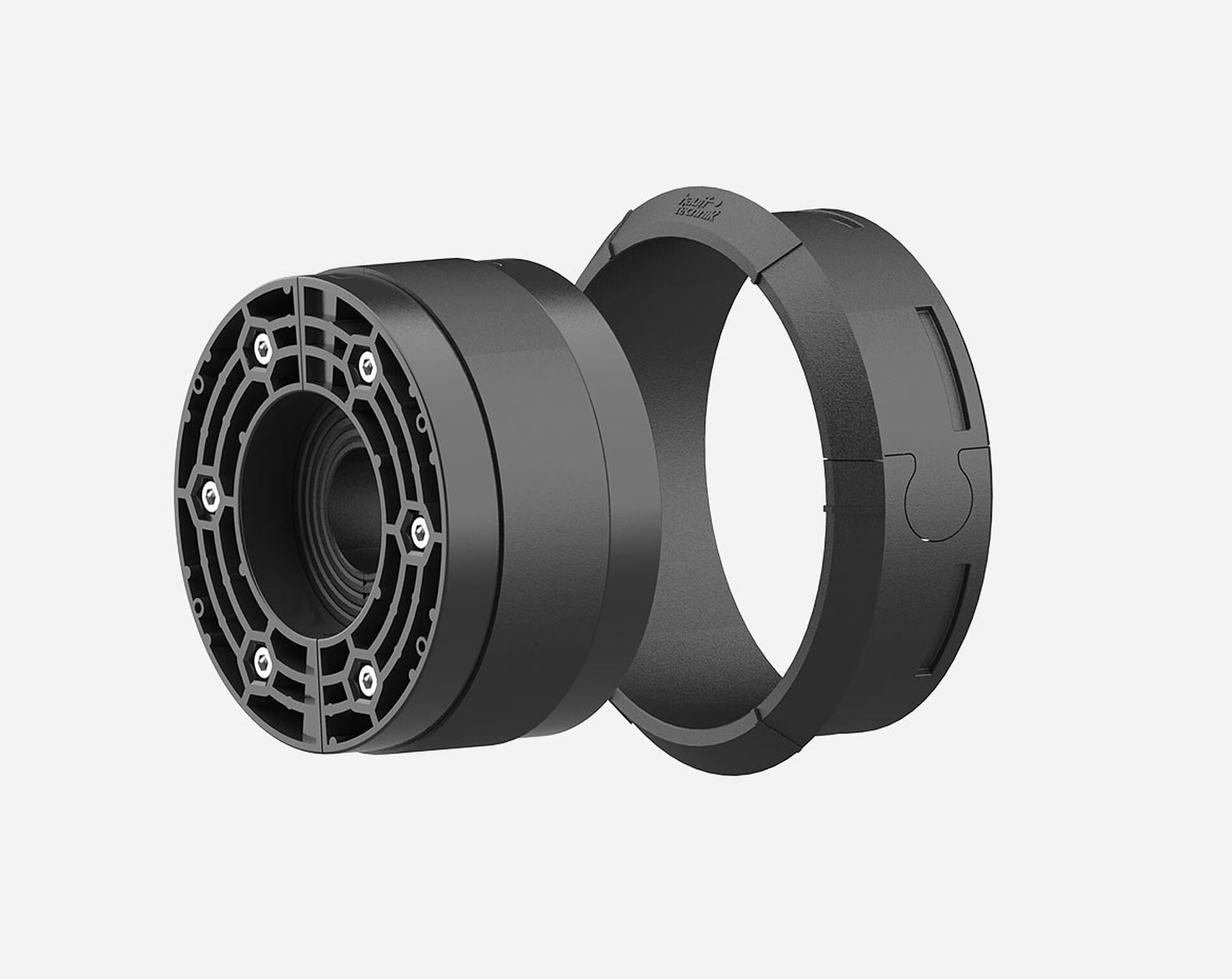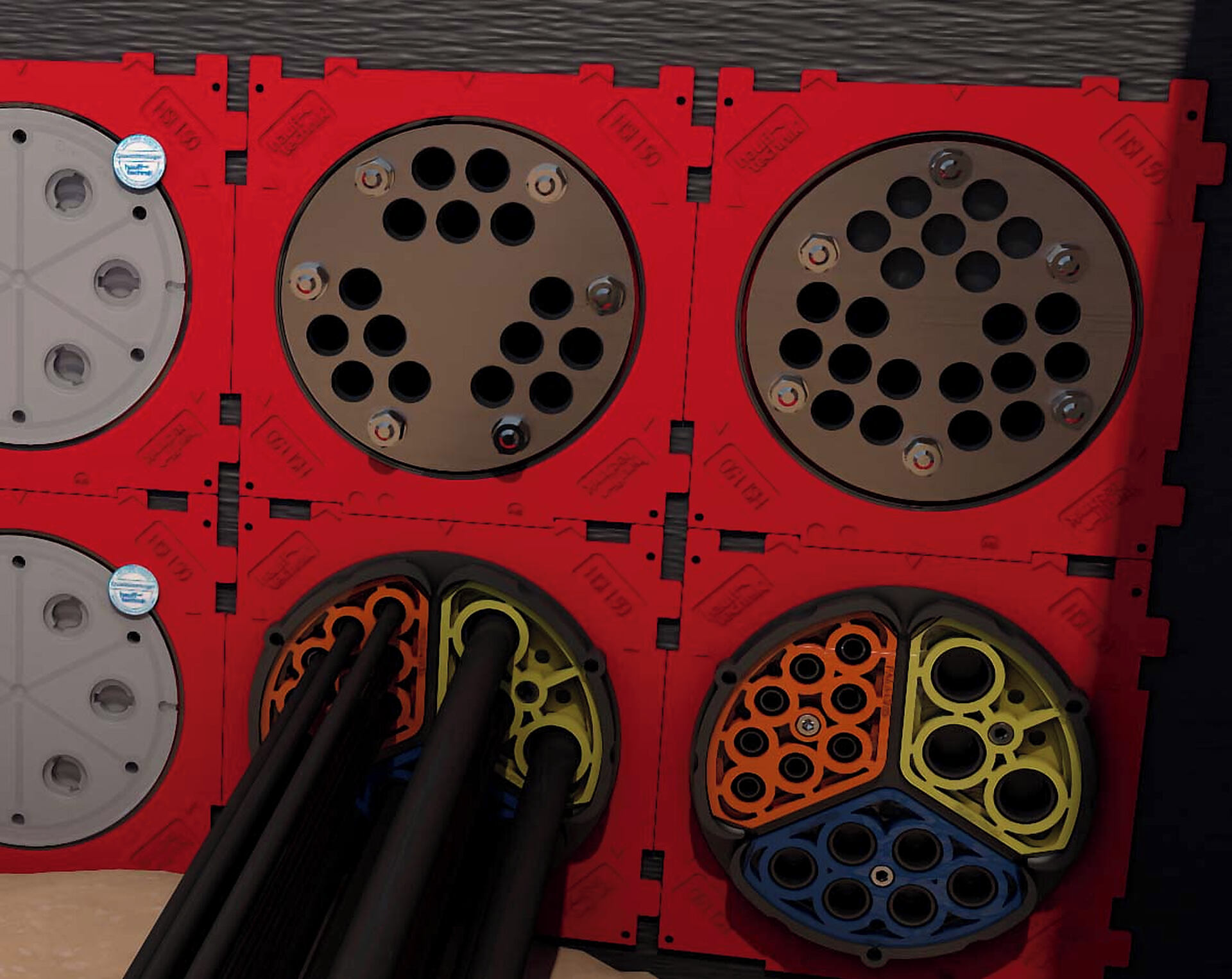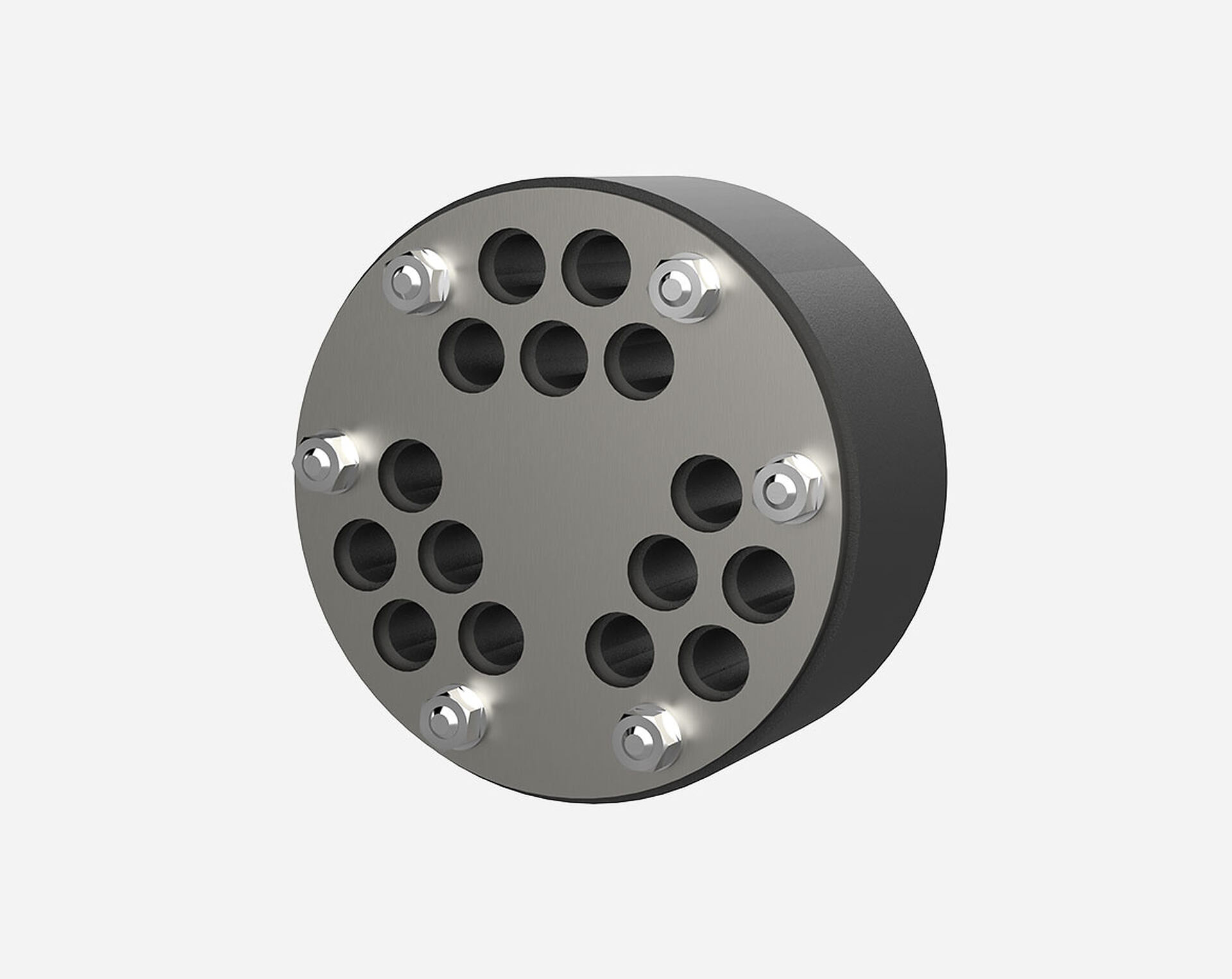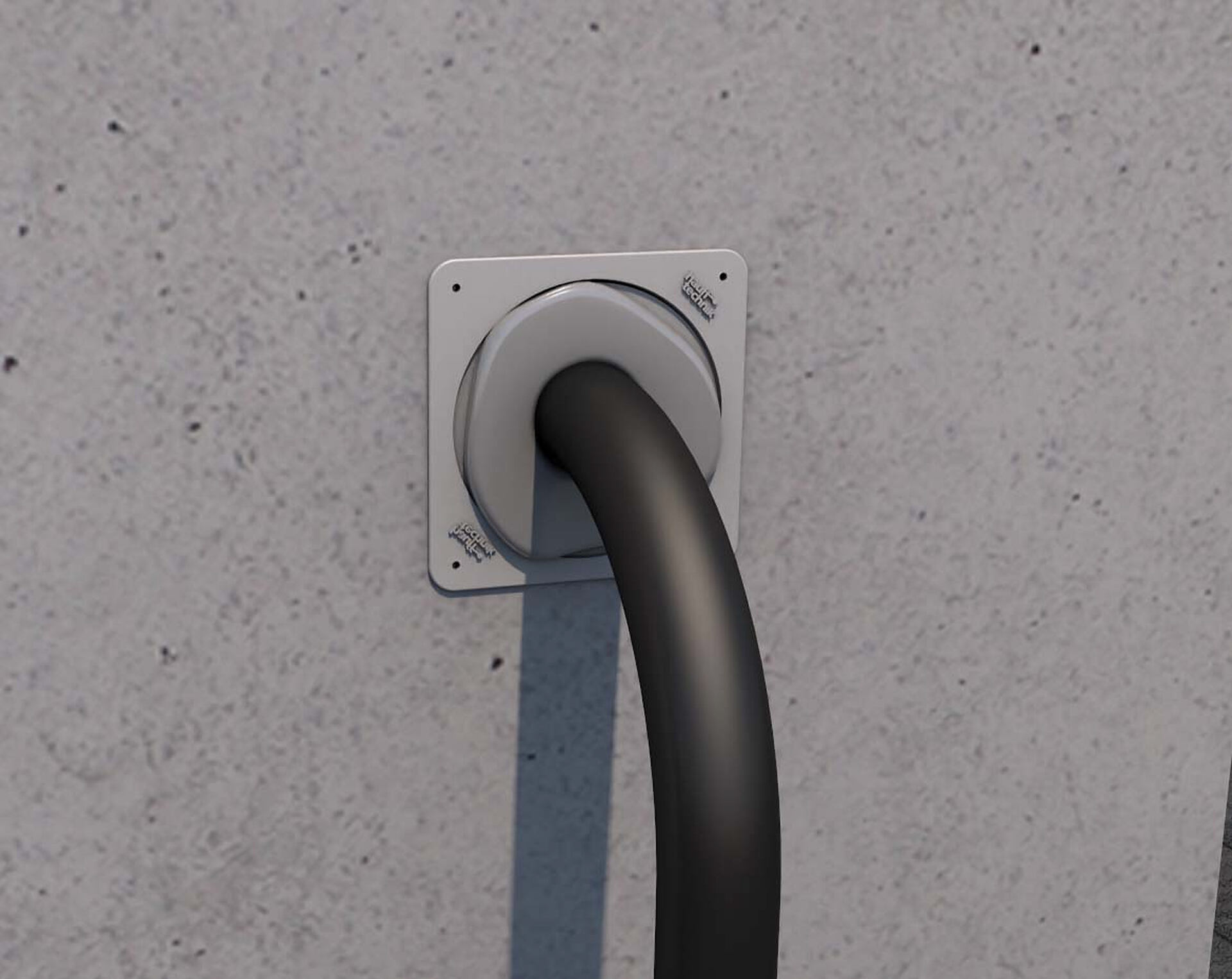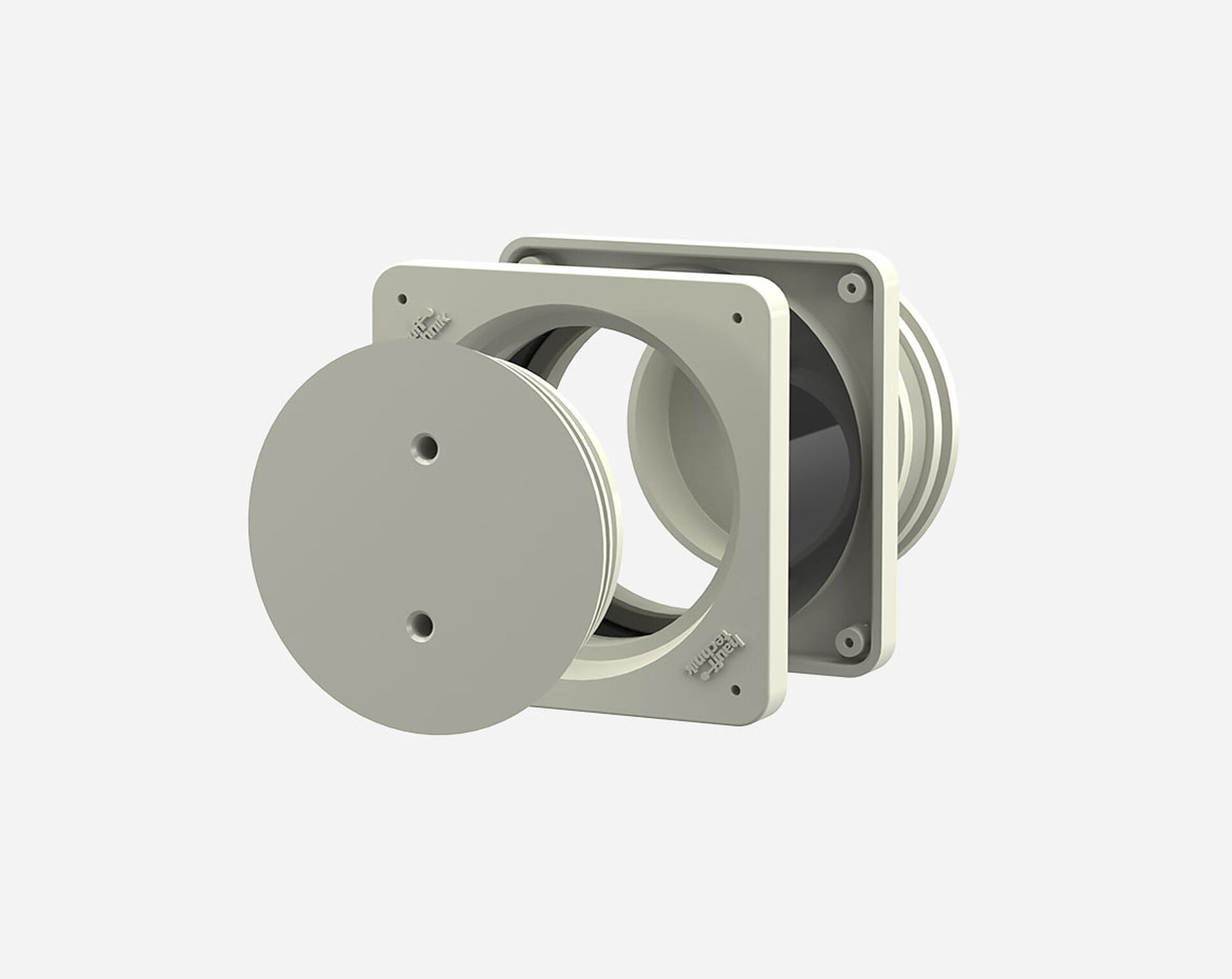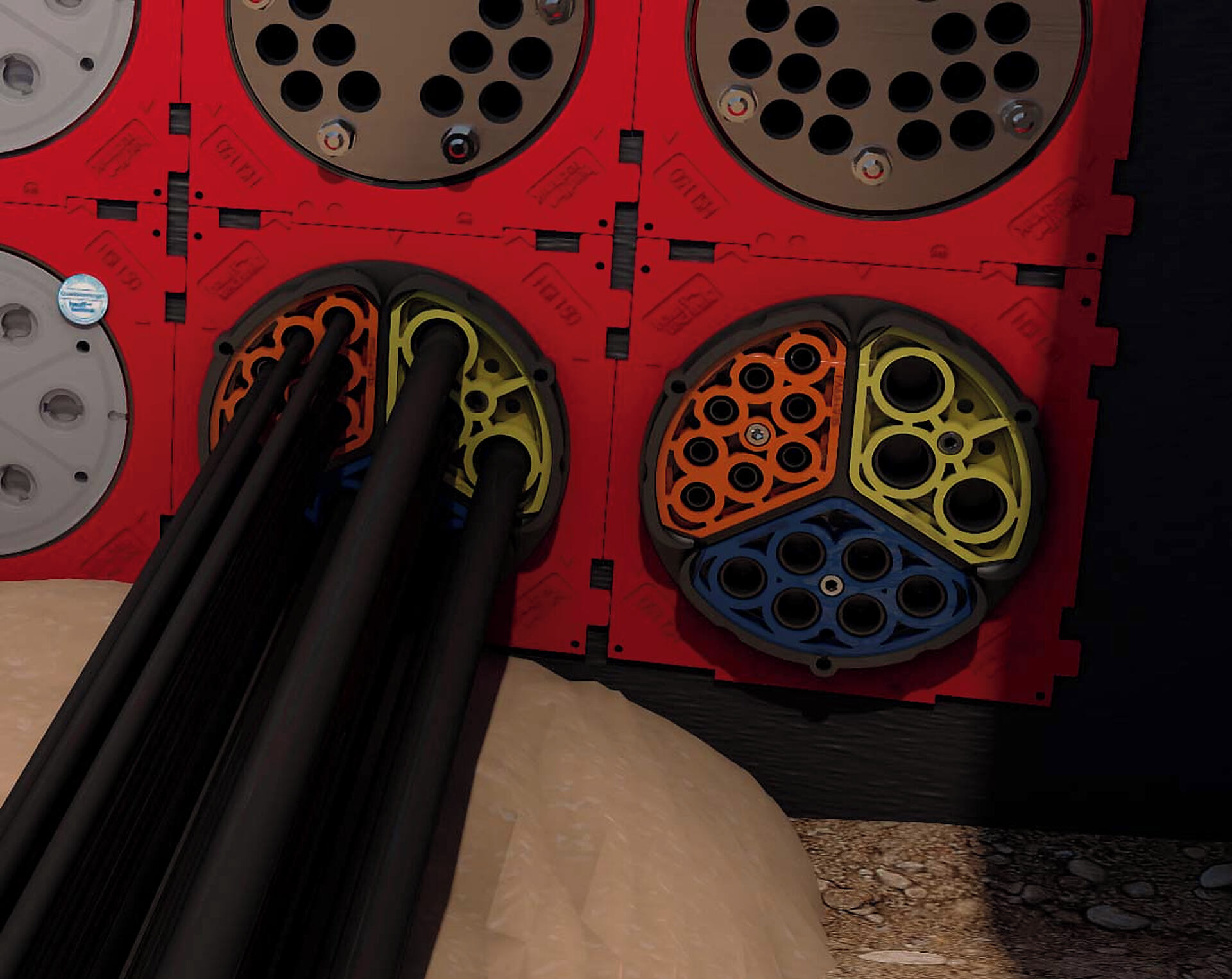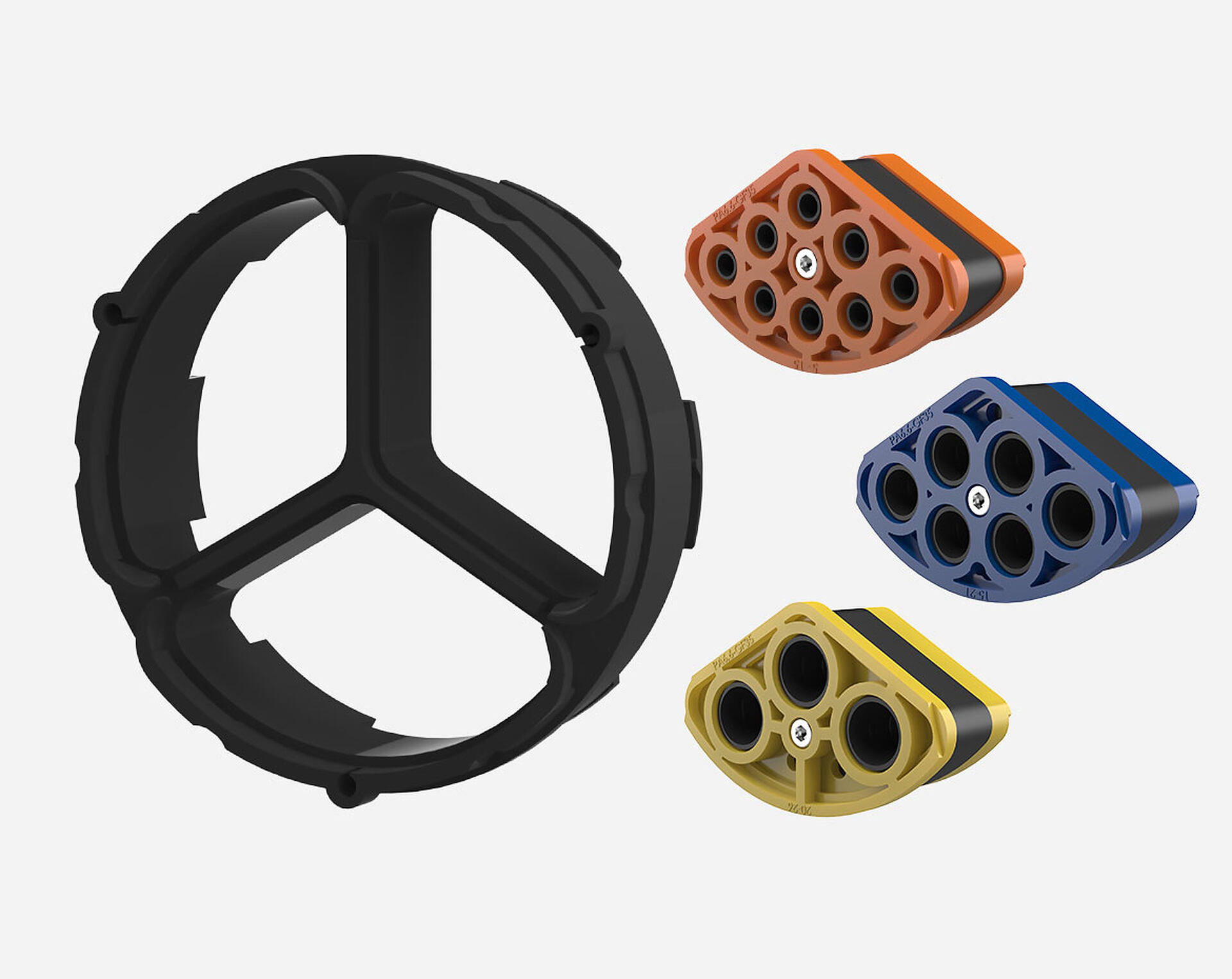Partner products
Cable Entries with 150 mm Diameter � Flexibility with Cable Protection Sleeves
Building entry points are vital for bringing utility lines into a building. It�s important to consider future-proofing during the construction process. Installing a cable protection sleeve provides an efficient solution for long-term planning. Over time, replacing utility lines or adding new ones becomes a regular task for any building.
Using a cable protection sleeve offers greater flexibility for construction projects. The 150 mm diameter cable entry can be embedded in concrete during the build. This size accommodates multiple utility lines, each with its own sleeve, making it easier to add new cables later without major modifications.
Water- and Gas-Tight Installation for Maximum Security
House entries can break vapor and moisture barriers, posing a risk. Hauff-Technik�s cable entry system provides builders and property owners with a secure solution, ensuring full protection from gas and moisture infiltration for both the entry and individual utility lines.
The system uses a pressure-tight closing cover, which comes pre-installed on all sealing packs, offering both water- and pressure-tight protection. The system cover allows for customized entries into the building, with pressure-tight empty conduits ready for future use.
A 150 mm diameter entry accommodates three to six lines, depending on the size of the utility lines, whether it�s for electricity, fibre optics, or other utilities. Separate closing cover are provided for each line.
Additionally, a cable protection sleeve is used in the installation, encasing the utility line for safe entry into the building. The sleeve, made of a pressure-resistant spiral tube, can endure mechanical forces up to 2.5 bar. Its smooth interior ensures the gentle installation of lines, even at a later time, without pulling.
Versatile solutions for feeding through a cable protection conduit
Depending on the structural conditions, Hauff-Technik offers a range of individual solutions. There are feed-throughs for all wall types, even for houses with element construction.
This starts with single and double sealing packings with a diameter of 150 mm, which are suitable for setting in concrete. The double sealing packings are also available in length-adjustable versions. This allows wall thicknesses between 70 and 635 mm to be overcome without any problems.
A variety of segments are available for the system covers, each of which can accommodate a cable protection conduit. A split system cover accommodates one cable protection conduit per segment. Each cover allows several feed-throughs. These can be individually adapted to the diameter of the respective cable protection conduit using super segment ring technology.
A sealing cover can also be used to close unused sealing packings and flanges, thus keeping them free for later use. In this way, several empty conduits are available for the subsequent connection of protective conduits. The covers are also available with different push-in sleeves. This means that both a smooth conduit and a corrugated conduit can be fed through the cover. Tightness is guaranteed in both cases.
In addition, Hauff-Technik also offers angled cable ducts as well as temporary site cable ducts. Inclined sealing packs are available in all angles. The cable protection conduit can therefore be inserted into the building from any direction.
Help us improve our website service.
Where would you place yourself?
Architect & designer
Wholesaler
Telecoms
Utility company
Installer
Construction company

Please choose your region




-
 Belgium
Belgium
-
 Česko
Česko
-
 Danmark
Danmark
-
 Deutschland
Deutschland
-
 España
España
-
 France
France
-
 Global
Global
-
 Hrvatska
Hrvatska
-
 Italia
Italia
-
 Luxembourg
Luxembourg
-
 Magyarország
Magyarország
-
 Nederland
Nederland
-
 Österreich
Österreich
-
 Polska
Polska
-
 Schweiz
Schweiz
-
 Slovenija
Slovenija
-
 Slovensko
Slovensko
-
 Sverige
Sverige
-
 United Kingdom
United Kingdom
-
 Global
Global
-
 USA
USA
-
 Global
Global
-
 India
India
-
 中国
中国
-
 Global
Global
-
 الإمارات العربية المتحدة
الإمارات العربية المتحدة




